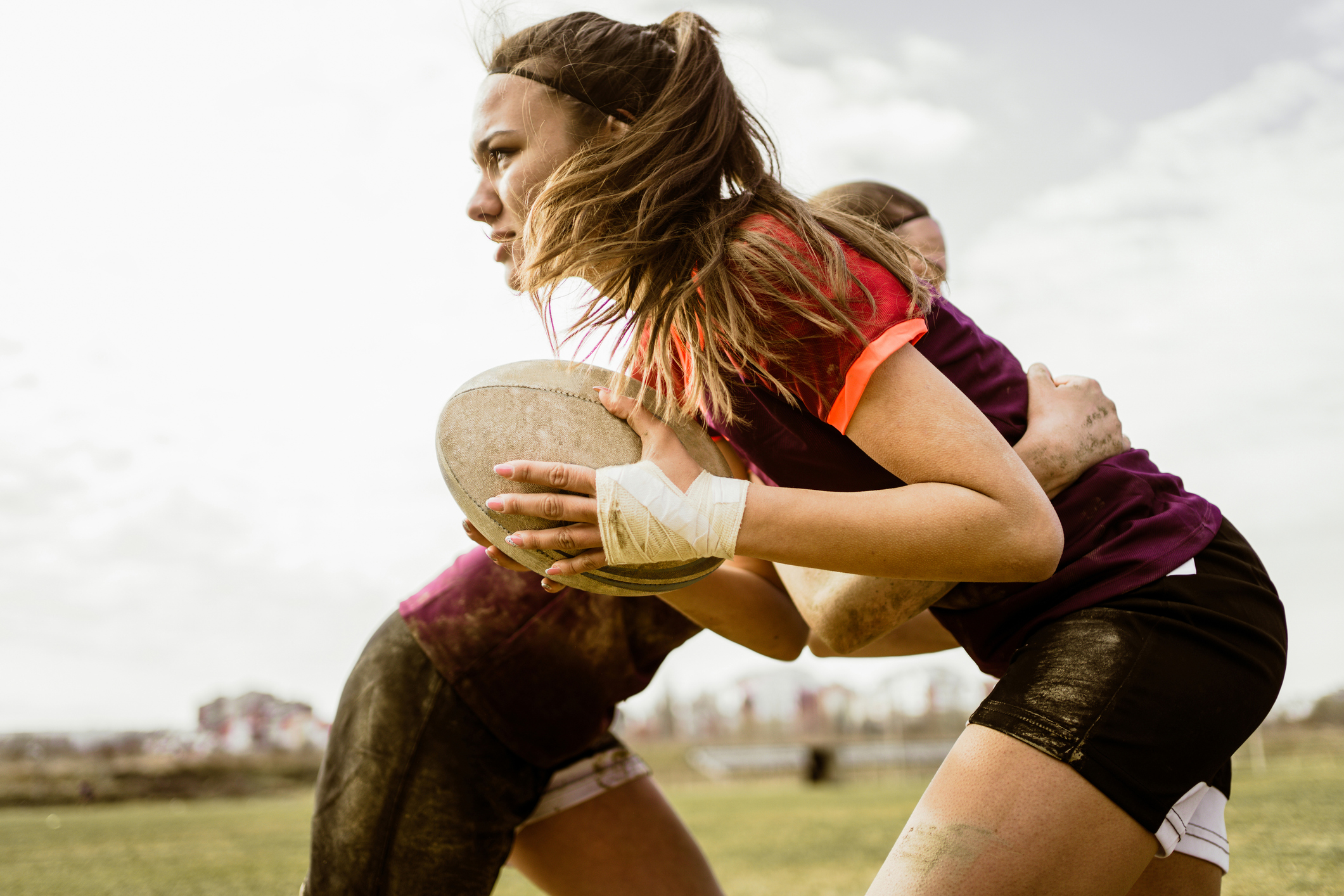Since the enactment of Title IX in 1972, the number of girls participating in high school athletics has tripled, with the greatest increases appearing in contact and collision sports. Despite this increase in sports participation, female athletes remain underrepresented in studies of sport-related brain trauma. With fewer true collision sports available for female athletes, previous research has focused heavily on male athletes. However, in sex-comparable sports, female athletes are often found to be at greater risk for certain injuries than their male counterparts — particularly non-contact ACL tears, ankle injuries and concussions — so there is a critical need to assess sex differences in the vastly understudied population of female collision sport athletes.
Data from the Massachusetts Concussion Management Coalition (MCMC) allowed for the examination of thousands of computerized neurocognitive tests in a cohort of adolescent athletes across a variety of sports, including a unique subsample of female collision sport athletes. As presented in the January 2025 issue of Medicine & Science in Sports & Exercise®, our cross-sectional study included 75,128 female high school athletes: 24,448 in noncontact sports, 50,407 in contact sports, and 273 in collision sports. Collision sport athletes reported significantly more concussion symptoms at baseline (9.81 ± 12.63) compared to those in contact and noncontact sports (5.78 ± 9.25 and 6.39 ± 9.74, respectively). Conversely, female collision sport athletes had similar neurocognitive performance to those participating in noncontact sports in all composite scores.
Collision sports in our study consisted of football, boxing, other martial arts and rugby. We were cognizant that rugby, with essentially the same rules for both sexes, may be the only true collision team sport in our cohort as female football players in our cohort may have played lower contact positions (e.g., kicker) and that females pursuing martial arts may do so without sparring or competing. Therefore, we ran a secondary analysis using only rugby players in the collision sport group, which confirmed our original findings of increased baseline symptoms and similar neurocognitive performance of collision sport athletes compared to noncontact sport athletes.
Though our study found no indication of clinically significant cognitive impairments in adolescent female collision sport athletes compared to noncontact sport athletes, future longitudinal studies are necessary to examine the ramifications of collision sports participation on the female brain over time. The potential long-term effects of sport-related brain trauma (e.g., risk of chronic traumatic encephalopathy, or “CTE”) are a significant concern for athletes at all levels, but the current literature is developing and remains mixed. Regardless of the inconclusive findings surrounding long-term damage, these studies have been conducted mostly in male athletes, once again highlighting the need to study female athletes separately.
As the number of female athletes participating in collision and combat sports increases, our study is reassuring, suggesting that in the short term at least, it appears that participating in these sports seems to have no significant effect on cognition.

Jessie R. Oldham, PhD, is an assistant professor in the Department of Physical Medicine and Rehabilitation at the Virginia Commonwealth University (VCU) School of Medicine and co-director of the Research in Athlete & Military Health Science (RAMHS) Lab. She is also affiliate faculty in the VCU Institute for Women’s Health and co-director of the Female Athlete Research Development Group. She is a National Institutes of Health Building Interdisciplinary Research Careers in Women’s Health (BIRCWH) scholar with her K12 proposal, titled “Sex Differences in Post-Concussion Psychophysiological Dysfunction and Subsequent Musculoskeletal Injury.” She has been a member of the American College of Sports Medicine® (ACSM) for 12 years.

William P. Meehan III, MD, is a professor of pediatrics and orthopedics at Harvard Medical School and director of research for the Brain Injury Center at Boston Children’s Hospital. He also serves as director of The Micheli Center for Sports Injury Prevention and is principal investigator of the Neurologic Function across the Lifespan: A LONGitudinal, Translational Study for Former National Football League Players (NFL-LONG) study. He is an active member of ACSM.
Join or Login to access this exclusive member-only content.
Join Now!



